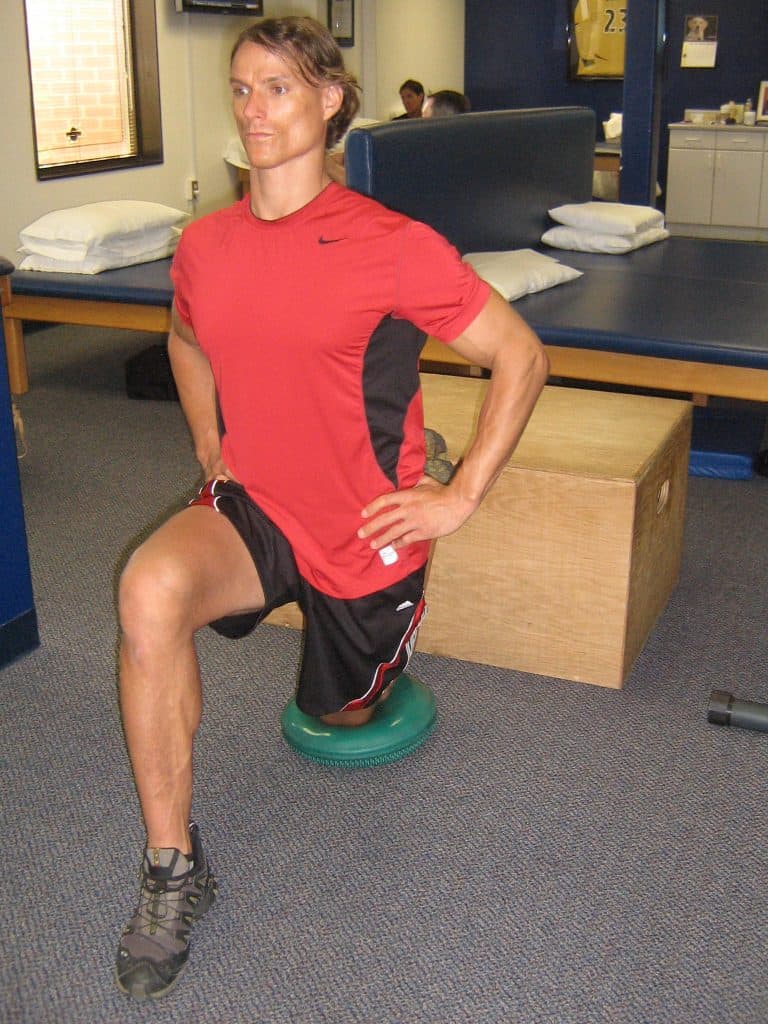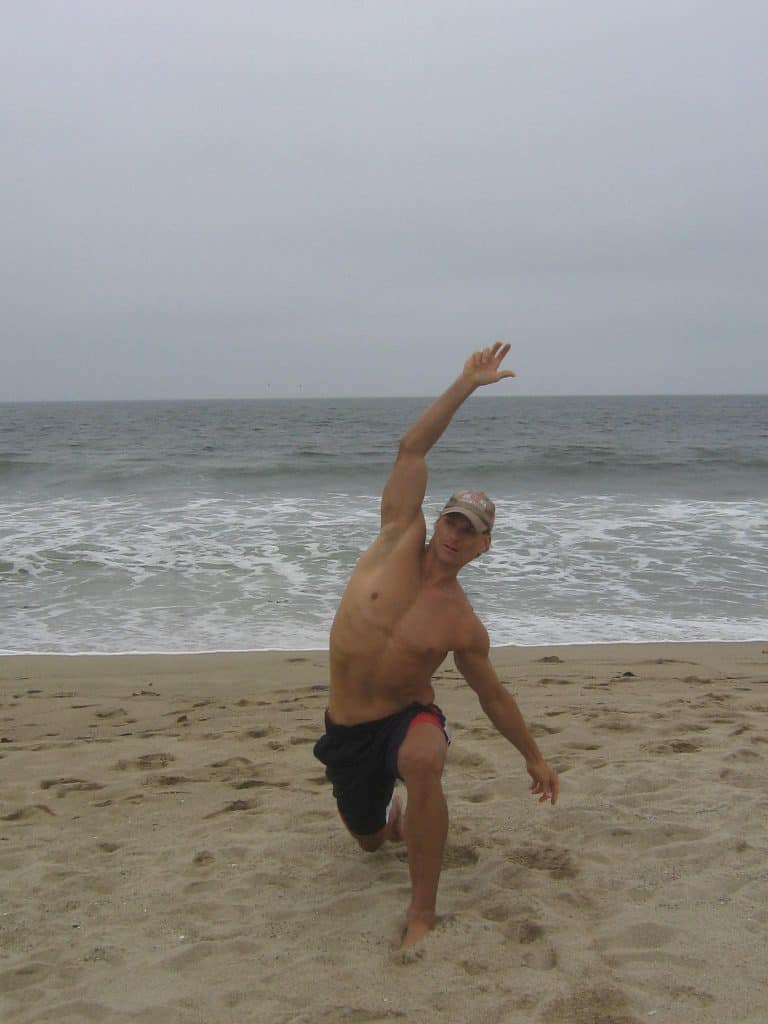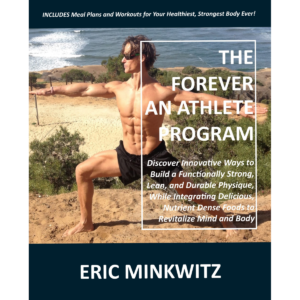“It’s All in the Hips!”: Your guide to healthy and powerful hips
The hip complex is the primary link in the lower extremity kinetic chain. It is comprised of major muscle groups and dense bony structures that are responsible for making powerful muscular contractions, maintaining pelvic balance while walking and running, and for integrating the torso with the lower body. Accordingly, the hips can perform multi planar motions including flexion (high knee drive), extension (necessary for the push off phase in running), abduction (drawing the leg away from mid line), and adduction (bringing the leg towards mid line).
In order to function in life and in sport, research is increasingly illustrating the importance of sound neuromuscular control, strength development, mobility, and flexibility throughout the whole hip complex. An article in February 2010 Journal of Orthopaedic and Sports Physical Therapy entitled “The Influence of Abnormal Hip Mechanics on Knee Injury; A Biomechanical Perspective” succinctly underscores the importance of the hip:
“As a ball and socket joint, the hip provides multi planar motion and is second only to the shoulder in terms of mobility. At the distal end the femur is tightly bound to the tibia through a complex system of ligaments, the joint capsule, and tendons…The joint is dependent on a complex set of muscles to create motion and provide dynamic stability. As such, impaired hip muscle performance can render the hip joint susceptible to dysfunction in all planes.”
Abnormal hip mechanics can have deleterious effects that reverberate down the kinetic chain. Weaknesses of gluteus medius and maximus may promote dysfunctional joint loading arrangements through the knee, thus diminishing lower extremity control during jumping, landing, and cutting maneuvers. For example, excessive knee valgus, or knees which are bowed inward, is caused by the compounding effects of hip internal rotation with adduction (JOSPT, February 2010). Accordingly, these individuals can be more prone to ACL tears and patellofemoral issues. Insufficient muscle control of the pelvis and trunk, caused by weak hip abductors, abdominal muscles, and the erector spinae group, can also create potential injury scenarios. As Sean Fyfe reports in Sportsinjurybulletin.com, “weak buttocks can ruin the runner”, and “gluteus medius weakness is a likely culprit in many overuse injuries.” Chris Graham, MPT and Orthopaedic Clinical Specialist at the highly respected Sports Medicine Institute-LA, mirrors this sentiment, as he implements his supremely technical and challenging gluteus medius and maximus strengthening exercises.
The above points highlight a few of many scenarios where hip weaknesses can cause breakdown in the lower extremities. There are multiple exercises that can build up the hip complex, both from a therapeutic exercise standpoint, stretching standpoint, and general strength and mass building standpoint. The gluteus maximus muscle may have a greater “spotlight”, but the gluteus medius muscle, a vital hip abductor and pelvic stabilizer, can often be the neglected muscle group in athletes and non-athletes alike. As such, I will shed some light on some exercises that will target the gluteus medius.
According to the Journal of Orthopaedic and Sports Physical Therapy, July 2009, article “Gluteal Muscle Activation During Common Therapeutic Exercises” the three exercises that produced the greatest signal amplitude (highest recruitment of muscle fibers), include the following:
- Side-lying hip abduction
- Single-limb squat
- Lateral band walk.
Additional high performance strength exercises to target both the gluteus maximus and gluteus medius that I use with my clients include:
- Single-limb deadlifts
- Forward lunges
- Hip ham raise
- Sideways hops
- Rack deadlifts
Stretching and mobility maneuvers to target the hip complex include the following:
- Traveling lunge with overhead reach on extended hip side
- Anterior hip flexibility, placing foot upon box to increase leverage
- Traveling “Frankenstein Walks” with toe drives
- Lateral squat walks to “shot block”
- Downward Dog with single leg anterior hip stretch






Leave A Comment